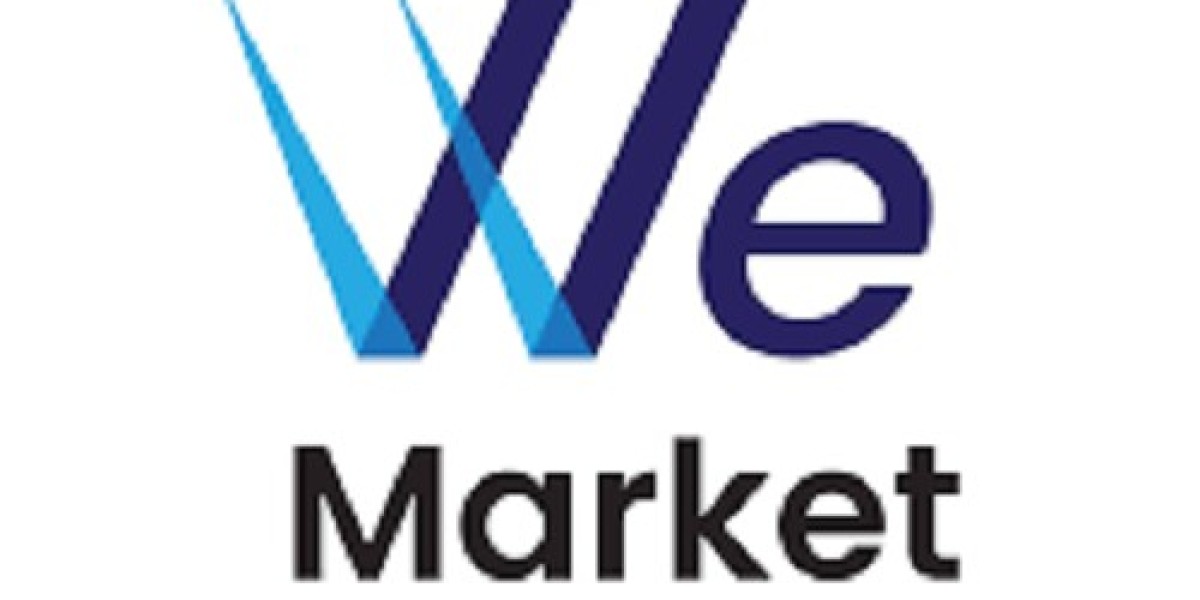Introduction to Business Lines of Credit
A business line of credit (LOC) is a versatile and valuable financial tool that provides businesses with access to funds up to a certain limit. This form of financing is akin to a credit card, where you can borrow money up to a preset limit and pay interest only on the amount borrowed. It offers flexibility and quick access to capital, making it an essential resource for businesses of all sizes.
Benefits of a Business Line of Credit
Flexibility in Funding
A business line of credit offers unparalleled flexibility. Unlike a traditional loan, you don't receive a lump sum that requires immediate repayment. Instead, you draw funds as needed, making it ideal for managing cash flow, covering unexpected expenses, or capitalizing on growth opportunities.
Pay Interest Only on What You Use
With a business line of credit, you only pay interest on the funds you actually use. This is in stark contrast to a traditional loan, where you start paying interest on the entire loan amount from day one. This feature can significantly reduce your overall cost of borrowing.
Revolving Credit
A business line of credit is a revolving credit facility. This means that as you repay the amount borrowed, your credit limit is replenished, allowing you to borrow again. This revolving nature makes it a sustainable option for ongoing financial needs.
Types of Business Lines of Credit
Secured Business Line of Credit
A secured business line of credit requires collateral, such as real estate, inventory, or accounts receivable. Offering collateral typically results in higher credit limits and lower interest rates, making it an attractive option for businesses with valuable assets.
Unsecured Business Line of Credit
An unsecured business line of credit does not require collateral. While this option is riskier for lenders and typically comes with higher interest rates and lower credit limits, it is ideal for businesses that lack significant assets to use as collateral.
How to Qualify for a Business Line of Credit
Credit Score
Lenders closely examine your credit score when determining eligibility for a business line of credit. A higher credit score indicates responsible borrowing behavior, making you a lower risk for lenders. Aim for a credit score of at least 680 to improve your chances of approval.
Business Financials
Lenders will scrutinize your business's financial health. This includes your revenue, profit margins, cash flow, and existing debt levels. Providing comprehensive financial statements and demonstrating a steady income stream can enhance your eligibility.
Business Age and Industry
The age of your business and the industry in which it operates can influence your qualification. Generally, lenders prefer businesses that have been operational for at least two years. Certain industries deemed higher risk may face more stringent qualification criteria.
How to Apply for a Business Line of Credit
Prepare Your Documents
Before applying, gather all necessary documents. These typically include financial statements, tax returns, business licenses, and a detailed business plan. Having these documents ready can streamline the application process.
Choose the Right Lender
Not all lenders are created equal. Research and compare various lenders, including traditional banks, credit unions, and online lenders. Consider factors such as interest rates, fees, and customer service when making your decision.
Submit Your Application
Once you've chosen a lender, complete the application form and submit it along with your supporting documents. Be prepared for the lender to conduct a thorough review of your business's financial health and creditworthiness.
Managing Your Business Line of Credit
Draw Funds Strategically
Use your line of credit judiciously. Draw funds only when necessary and ensure that you can repay the borrowed amount within a reasonable timeframe to avoid excessive interest charges.
Monitor Your Spending
Keep a close eye on your spending and repayment schedule. Regularly reviewing your credit statements can help you stay on top of your finances and avoid overspending.
Maintain Good Credit Practices
To keep your business line of credit in good standing, maintain responsible credit practices. This includes making timely payments, not exceeding your credit limit, and regularly reviewing your credit report for inaccuracies.
Common Uses for a Business Line of Credit
Managing Cash Flow
A business line of credit is an excellent tool for managing cash flow, especially during seasonal fluctuations or slow periods. It provides the necessary liquidity to cover operational expenses, payroll, and other short-term needs.
Purchasing Inventory
For businesses that rely on inventory, a line of credit can provide the funds needed to purchase stock in bulk, take advantage of supplier discounts, or prepare for peak sales periods.
Financing Marketing Campaigns
Investing in marketing campaigns is crucial for business growth. A line of credit can provide the funds needed to launch advertising campaigns, expand your online presence, or participate in trade shows.
Covering Unexpected Expenses
Unexpected expenses are a part of running a business. Whether it's equipment repairs, emergency maintenance, or sudden market changes, a line of credit can serve as a financial safety net.
Advantages Over Other Financing Options
Compared to Term Loans
Unlike term loans, which provide a lump sum that must be repaid over a fixed period, a business line of credit offers more flexibility. You borrow only what you need, when you need it, and repay it on a schedule that works for you.
Compared to Credit Cards
While business credit cards also offer revolving credit, lines of credit typically come with lower interest rates and higher credit limits. They are better suited for larger expenses and more significant financial needs.
Compared to Merchant Cash Advances
Merchant cash advances provide a lump sum in exchange for a percentage of future sales. They often come with high fees and interest rates. A business line of credit is generally a more affordable and sustainable financing option.
Risks and Considerations
Risk of Overborrowing
The flexibility of a line of credit can lead to overborrowing if not managed carefully. It's essential to draw only what you need and have a clear repayment plan in place.
Interest Rates
Interest rates on business lines of credit can vary widely. While secured lines typically offer lower rates, unsecured lines may come with higher costs. It's crucial to compare rates and understand the terms before committing.
Potential Fees
Some lenders may charge fees for maintaining the line of credit, drawing funds, or early repayment. Be sure to review the fee structure and factor these costs into your financial planning.
Conclusion
A business line of credit is a powerful financial tool that offers flexibility, revolving credit, and interest savings compared to other financing options. By understanding how to qualify, apply, and manage a line of credit, businesses can effectively use this resource to manage cash flow, seize growth opportunities, and navigate financial challenges. Properly utilized, a business line of credit can be a cornerstone of a healthy, thriving business.



